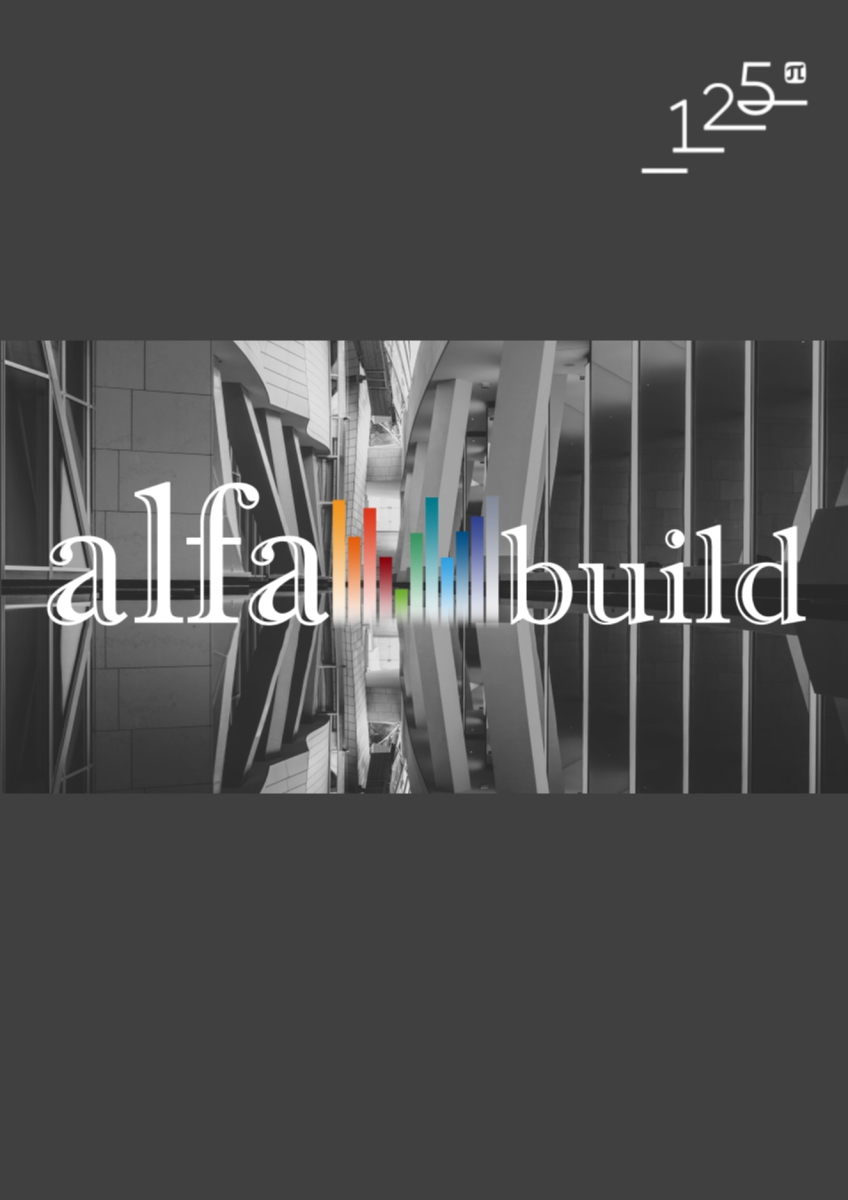The influence of method of the fastening cladding on the design scheme of the hinged facade system frame
Currently, energy efficiency and aesthetic appeal of buildings are among the most important indicators in the construction of buildings and structures. Hinged facade systems (HFS) are becoming increasingly relevant both in the construction of buildings and their reconstruction. Their use allows, on the one hand, to "dress" the facade in modern finishing materials, and on the other – to improve the thermal insulation performance of the enclosure structure and protect it from harmful atmospheric effects. The widespread use of such modern facade structures as HFS, requires increased attention to the quality of their design. Firstly, this is due to the need to combine the bearing, enclosing, insulating and aesthetic qualities. One of the design issues of the HFS is to take into account such a factor as the effect of fastining the cladding to the load-bearing substructure on the static calculation of the frame (guide profiles, brackets, fastening units of the cladding to the guide profile, etc.). This article discusses the design features of the HFS, their advantages and disadvantages, a detailed classification, as well as the types of large-format HFS cladding and methods of their attachment to the load-bearing frame. On the basis of knowledge about the types of cladding and its fastening designer can develop a design scheme for a load-bearing frame, and further, to execute the calculation. At the moment, the calculation of the guide profiles is performed according to a certain scheme, regardless of the type of cladding, that is calculation is considered with invalid simplifications. The authors of this article in their work prove that it is necessary to classify different types of HSF depending on the method of transfer of the load ща cladding on the substructure in order to build a design scheme and make a calculation based on what type of HSF refers to. The purpose of this article is to classify the HFS on various grounds, proof of the impact of the type of cladding on the design scheme of the load-bearing frame and, accordingly, on the calculation itself.



